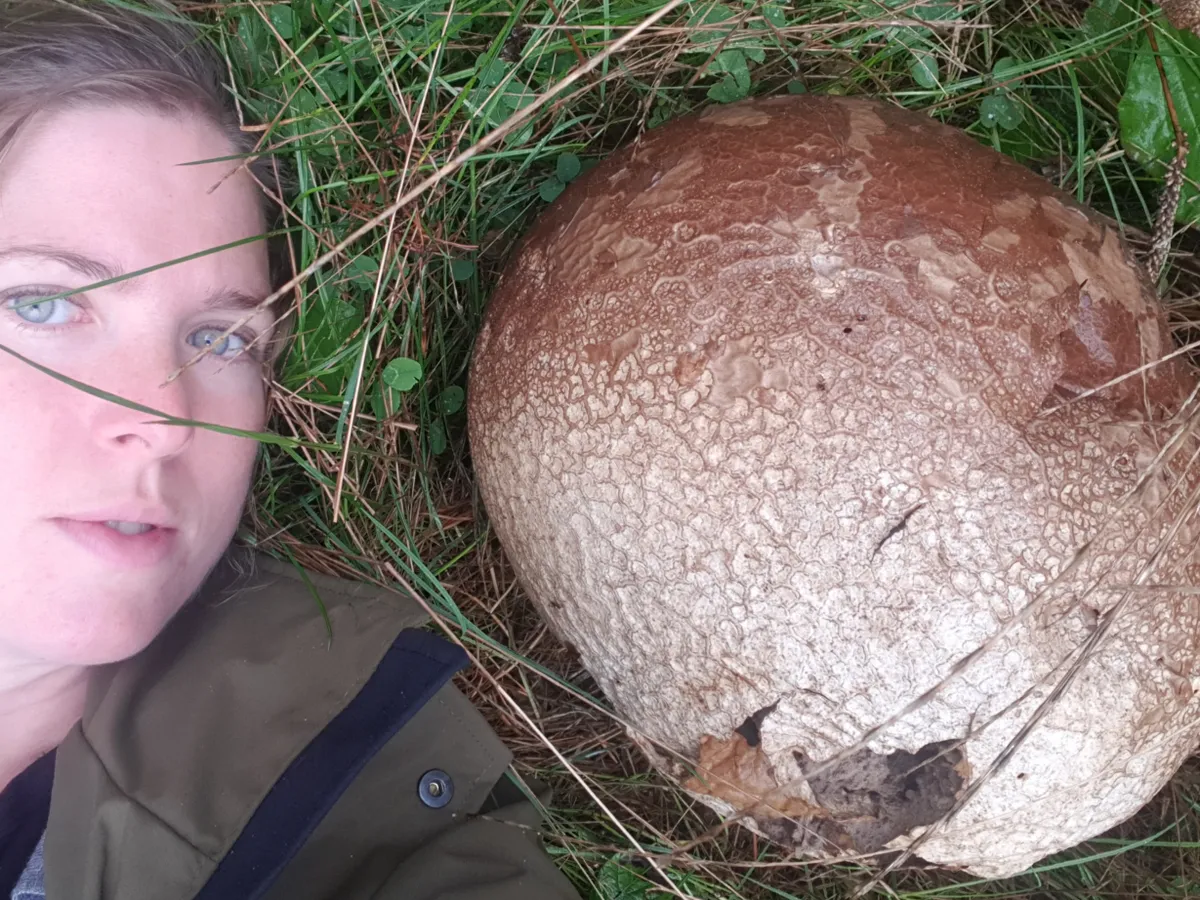Red and white-spotted toadstools, earthstars, octopus stinkhorn and dead man’s fingers are just a few species of mushroom that have been spotted in high numbers across Britain this past month. Damp weather creates a heavenly terrain for fungi, so the wet summer and even wetter autumn has created ideal conditions for them to ‘fruit’.
Giant puffball mushrooms, bigger than the size of a human head, have been spotted at Birkshead Gardens and Nursery in Newcastle and at RHS Garden Wisley. Wisley also played host to the arrival of some spooky-looking dead man's fingers mushrooms, just in time for Halloween.

The aptly named octopus stinkhorn (which looks like something from David Attenborough's nature documentary series Blue Planet) was discovered at RHS Garden Rosemoor in North Devon to much excitement as the species is rarely sighted in Britain. Over in Essex, at RHS Hyde Hall, a striking, shiny green Verdigris Agaric mushroom was also spotted.
Robert Brett, Curator at Hyde Hall, said: “We are seeing a lot more fungi here this year than previous years and it is definitely due to all the wet weather. We are in one of the driest areas of the country so it’s proof that mushrooms love the rain!”

Most fungi are helpful to gardeners, as Guy Barter, chief horticulturist at Royal Horticultural Society, said:
“They break down organic matter in the soil and elsewhere, turning it into plant food. They also feed a host of microbes which are important for biodiversity. Some are associated with plant roots and in exchange for sugars with which to grow, can protect roots from attack by harmful organisms and may supply the roots with water and nutrients in times of shortage.”
That being said, some fungi, as well as being poisonous, can pose a real threat to a garden. Armillaria mellea attacks and kills the roots of many plants and is hard to kill and Meripilus giganteus causes white rot in roots of various broadleaved trees.
